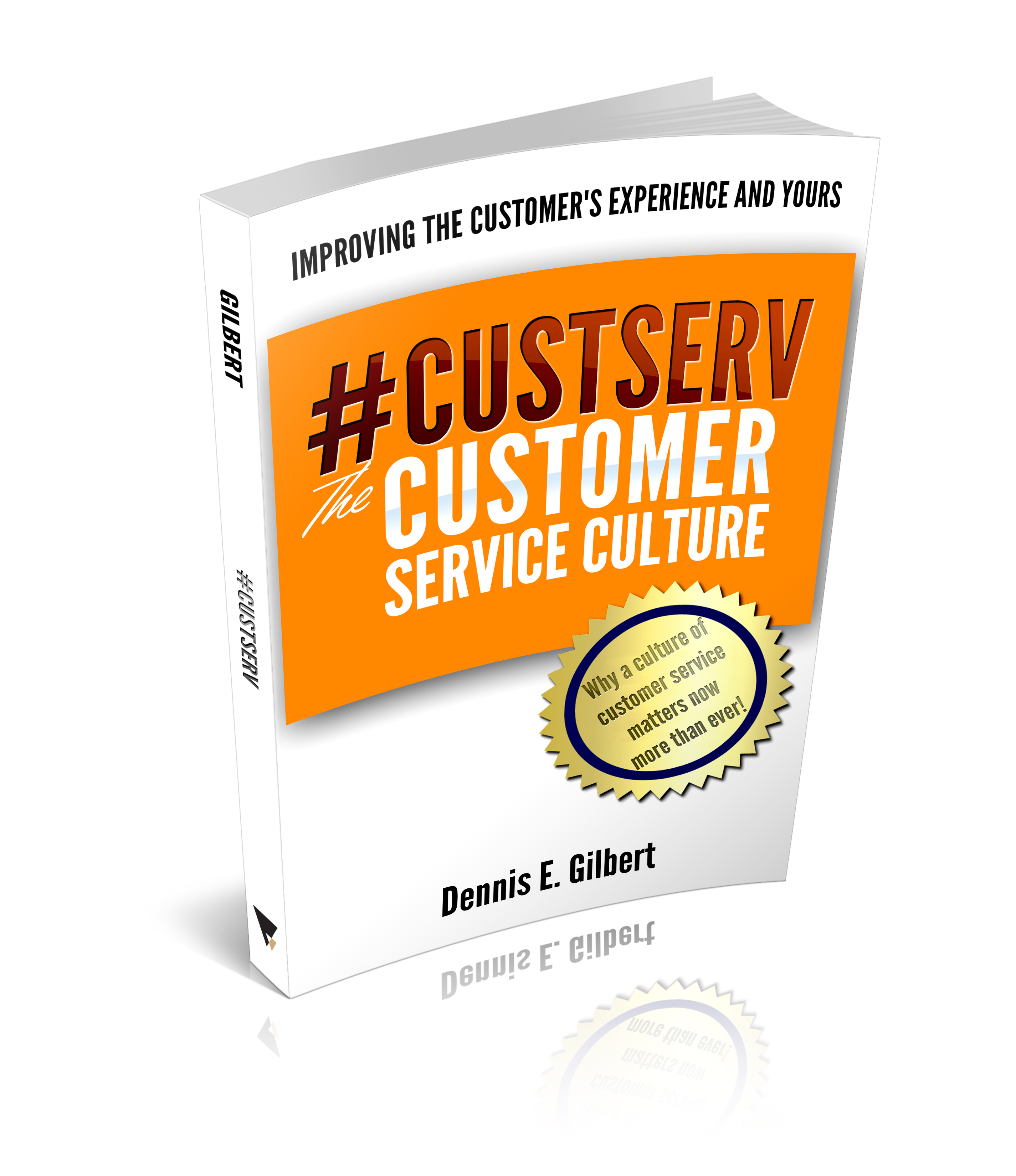3 Things That Make People Feel More Appreciated
You’ve heard it before and so have I, people want to know that their work is appreciated, that they are respected, and that their contributions matter. If everyone knows this, then why do so many feel under-appreciated?
Let’s start by making sure we are on the same page with appreciation. Here are three things that when practiced, make a difference.
Show Respect
One of the biggest things that employees are giving (being paid for) is their time. Respect everyone’s time. Value their time as much as you value your own. Start and end meetings on time. Show up on time, and don’t ask someone to stay late while you exit to hit happy hour, be with your family, or other non-work related activities. They have a life too, and likely they aren’t excited about staying late or being rushed because someone else failed to plan or prepare appropriately.
Another gesture of respect is to, ask don’t tell. Ask for help or assistance, don’t tell someone to do it. Ask for the person or team to take on a backlogged project or one that is not so prestigious but still needs to be completed. Ask don’t tell, it always makes a difference.
This is simple stuff, right?
Ask for Input
When and where possible include others in decisions and setting future direction.
Think about starting conversations with things like:
- Do you think we should…
- How do you think our clients would react to…
- What is most important for improving…
This should not be an exercise, but a true and genuine approach for inclusion. If you are only doing it as an exercise it won’t take long to matter as little to them, as it does to you.
No rocket science here, right?
Give Thanks
Unfortunately it is still not uncommon for supervisors, managers, or other positions of authority to demonstrate an attitude with employees that the employee should be thankful they have a job. Yes, it might often be true, but it should never be illustrated as a cultural value. You might be surprised the number of front line employees that I speak with who would jump through hoops for someone just because they know the person values and appreciates their work. Yes, you are paying them (in nearly all cases) but that is compensation, not appreciation.
You might be surprised how engaged and motivated even the most marginal employee will become when they know they are valued and their work is appreciated.
This is really straight forward, the a-b-c’s, am I right?
Why then, do so many employees feel under-appreciated?
The answer is simple. Nearly everyone knows or easily understands the approaches for making others feel more valued and appreciated. That isn’t the problem. It’s not a lack of knowledge.
It is a lack of practice.
– DEG
Dennis E. Gilbert is a business consultant, speaker (CSPTM), and corporate trainer that specializes in helping businesses and individuals accelerate their leadership, their team, and their success. He is a four-time author and some of his work includes, Forgotten Respect, Navigating A Multigenerational Workforce and Pivot and Accelerate, The Next Move Is Yours! Reach him through his website at Dennis-Gilbert.com or by calling +1 646.546.5553.
























